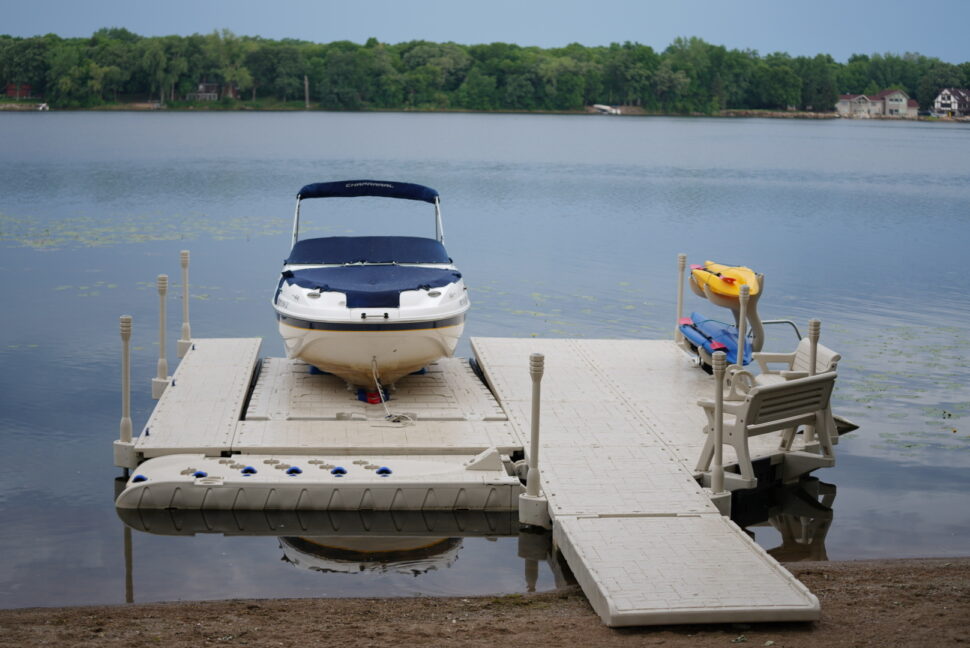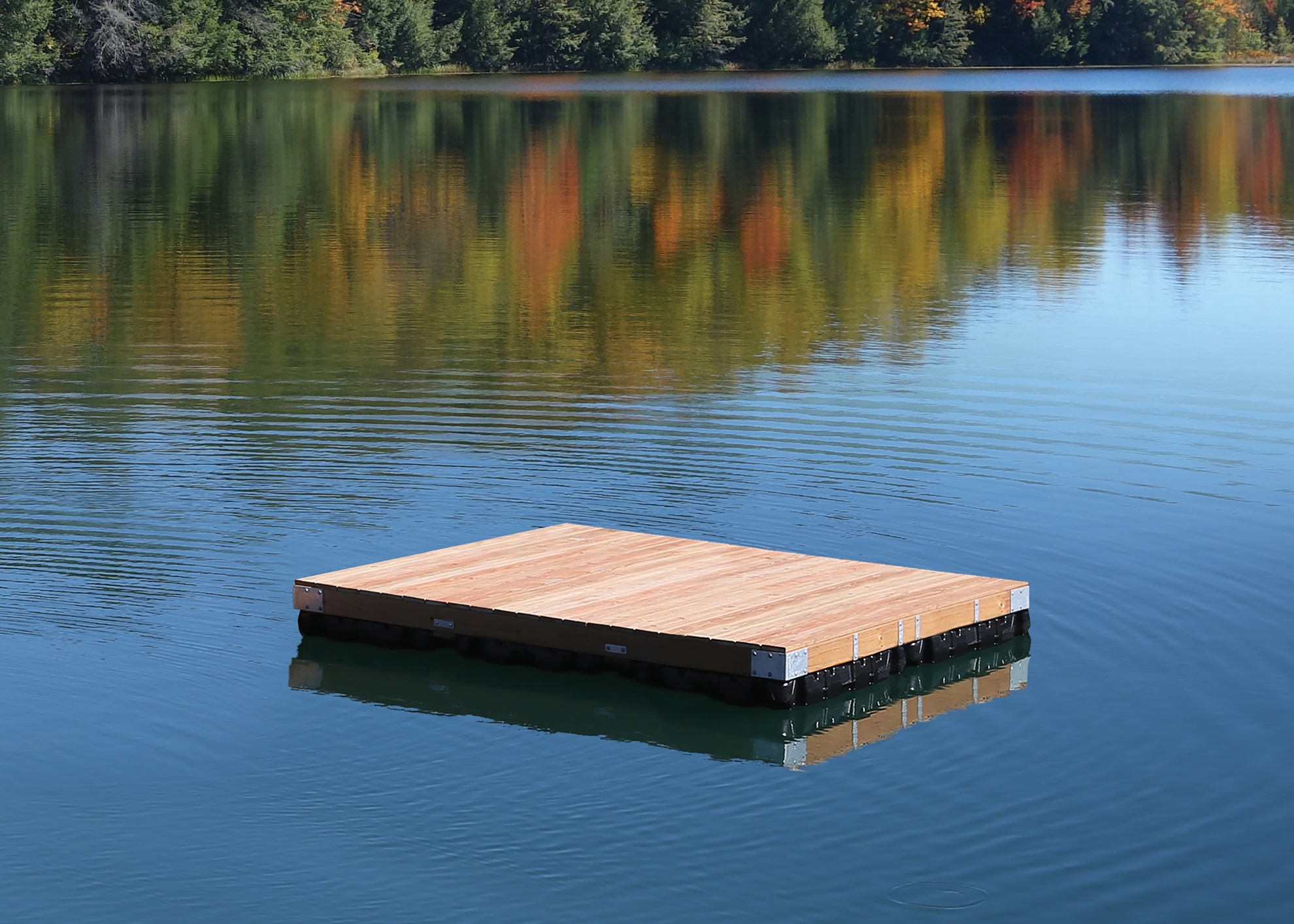Crafting Customized Solutions: Why a Floating Dock Builder is Essential for Unique Needs
Crafting Customized Solutions: Why a Floating Dock Builder is Essential for Unique Needs
Blog Article
Create the Perfect Docking Remedy With Floating Docks
Floating docks existing a functional service for a range of maritime needs, adapting seamlessly to varying water levels and diverse vessel types. Their modular nature permits fast installment and relocation, yet the option of proper materials and style functions is critical for making certain both performance and aesthetic appeal. As we discover the crucial components that contribute to the performance of floating docks, a number of vital variables pertaining to stability and maintenance will emerge, elevating concerns about how to optimize your docking experience. The succeeding discussion will brighten these vital factors to consider.

Benefits of Floating Docks
Floating docks offer many advantages that make them an optimal option for various maritime applications. One of the primary benefits is their adaptability to altering water levels. Unlike repaired docks, floating docks surge and loss with the trend, making sure constant ease of access for vessels. This feature is especially vital in locations vulnerable to significant tidal fluctuations or seasonal water level modifications.
Furthermore, floating docks are usually easier and quicker to set up contrasted to traditional fixed structures. Their modular style allows for simple assembly and disassembly, assisting in maintenance and moving when essential. This versatility is specifically beneficial for short-term applications or in environments where problems might transform.
Floating docks likewise tend to be extra eco-friendly, as they minimize disturbance to the seabed and bordering aquatic environments. Their buoyant nature lowers the risk of damages to aquatic life, advertising a much healthier setting. Furthermore, these docks can be customized to suit different vessel sizes, ensuring that they meet specific operational requirements - dock company.
Ultimately, the combination of versatility, simplicity of setup, and environmental factors to consider makes floating docks an extremely efficient remedy for a large range of maritime needs.
Picking the Right Products
Selecting the ideal products for floating docks is vital to ensure stability, resilience, and longevity. The selection of materials straight affects the dock's efficiency in numerous ecological problems, consisting of direct exposure to water, sunlight, and potential wear from marine website traffic.
Common materials made use of for floating docks include aluminum, timber, and high-density polyethylene (HDPE) Aluminum is lightweight, corrosion-resistant, and needs marginal maintenance, making it an outstanding choice for long life. However, its preliminary expense can be greater contrasted to other materials.
Timber, while cosmetically appealing and offering a conventional look, can be vulnerable to rot and pest damage if not appropriately dealt with. As a result, using pressure-treated wood or naturally long lasting types like cedar or redwood can minimize these concerns.
HDPE is a preferred selection because of its resistance to UV rays and chemicals, in addition to being eco-friendly. floating dock company. It is light-weight and readily available in different colors, permitting for personalization
Eventually, the best material option will rely on certain demands, consisting of budget, wanted appearances, and environmental factors to consider. Mindful evaluation of these elements will result in a resistant and successful floating dock solution.
Layout Factors To Consider for Security
When creating floating docks, making sure security is a fundamental facet that can considerably impact their functionality and security. Stability in floating dock design is affected by numerous variables, consisting of buoyancy, weight distribution, and the plan of parts. An optimum buoyancy system must use products that give enough lift while decreasing weight. This equilibrium makes sure that the dock stays above water, even under varying lots.
Weight circulation is essential; evenly distributing tons throughout the dock stops turning and improves security. This can be achieved with strategic positioning of docking equipment, such as fenders and cleats, as well as correct spacing of floats. In addition, the measurements of the dock need to be attentively prepared. Wider designs can offer enhanced stability, specifically in harsh water conditions, while longer docks may need extra assistances to stop drooping.
An additional crucial consideration is the ecological effect, consisting of wave activity and wind. Integrating functions such as sidewalls or skirting can help reduce the results of environmental pressures, keeping security in negative conditions. Eventually, a mix of thoughtful layout, product option, and understanding of ecological aspects will certainly generate a drifting dock that meets both security and security needs.
Setup Tips and Methods

Next, safeguard the necessary permits and abide by neighborhood regulations, which might dictate installation approaches and ecological factors to consider. Engage a certified specialist experienced in floating dock installations if required. Use see page high-grade materials created for aquatic atmospheres to improve toughness and durability.
When placing the dock, straighten it alongside the coastline to promote easy access. Ensure that the anchoring system is durable, employing concrete blocks or helical supports to stabilize the dock against wind and wave activity. It's essential to make up seasonal water level changes, consisting of possible ice motion in colder climates.
Throughout the setup, ascertain the dock's floatation and stability before wrapping up the anchoring. Routinely examine the installation for any type of indicators of wear or damages. By adhering to these tips and strategies, you can accomplish a safe, functional, and visually pleasing floating dock installation that meets your needs.
Upkeep and Care Standards
Caring and maintaining for floating docks is crucial to extending their lifespan and making sure safe use. Normal examinations must be performed to recognize any signs of wear, damage, or marine growth. Try to find cracks, loose fittings, or discolored areas on the dock's surface area, as these problems can endanger architectural integrity.
Cleansing is important. Make use of a pressure washer to get rid of algae, barnacles, and particles, which can accumulate with time. For persistent growth, take into consideration environmentally click to read more pleasant cleaner that won't hurt aquatic life.
Additionally, check the mooring lines and supports often to guarantee they are protected and free from corrosion. Replace any type of torn or harmed lines quickly to preserve security.
During extreme climate, such as storms or freezing problems, take precautionary measures. Safeguard the dock with additional mooring lines and, if practical, eliminate any removable elements to stop damages.
Conclusion
In final thought, the application of floating docks presents a versatile and efficient docking option ideal for different maritime applications. With proper installation and regular maintenance, floating docks can supply dependable and effective docking experiences for a vast variety of vessels.
As we discover the important elements that contribute to the efficiency of floating this content docks, a number of vital elements concerning security and upkeep will certainly arise, increasing inquiries regarding exactly how to optimize your docking experience. Unlike taken care of docks, floating docks surge and fall with the trend, ensuring constant accessibility for vessels.When making floating docks, guaranteeing stability is a basic aspect that can considerably affect their performance and safety. Stability in floating dock design is affected by numerous aspects, including buoyancy, weight distribution, and the setup of parts. Ultimately, a combination of thoughtful layout, material choice, and understanding of ecological aspects will certainly generate a floating dock that meets both stability and safety requirements.
Report this page